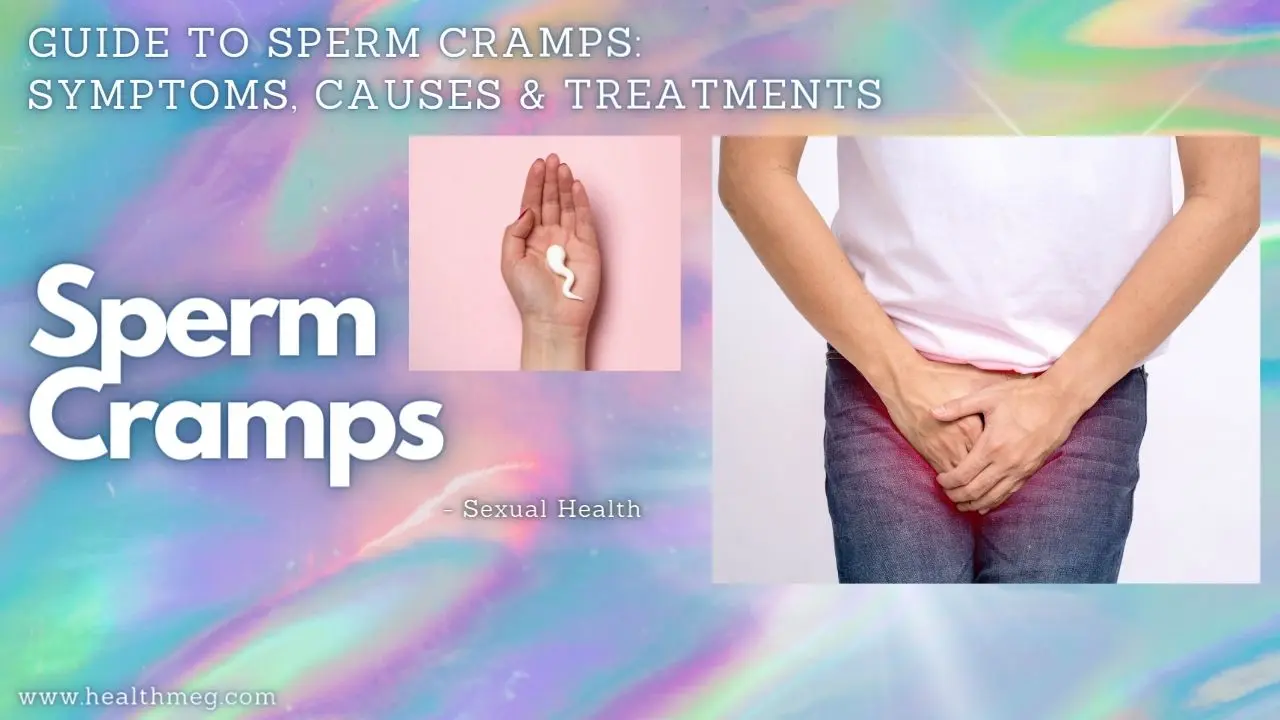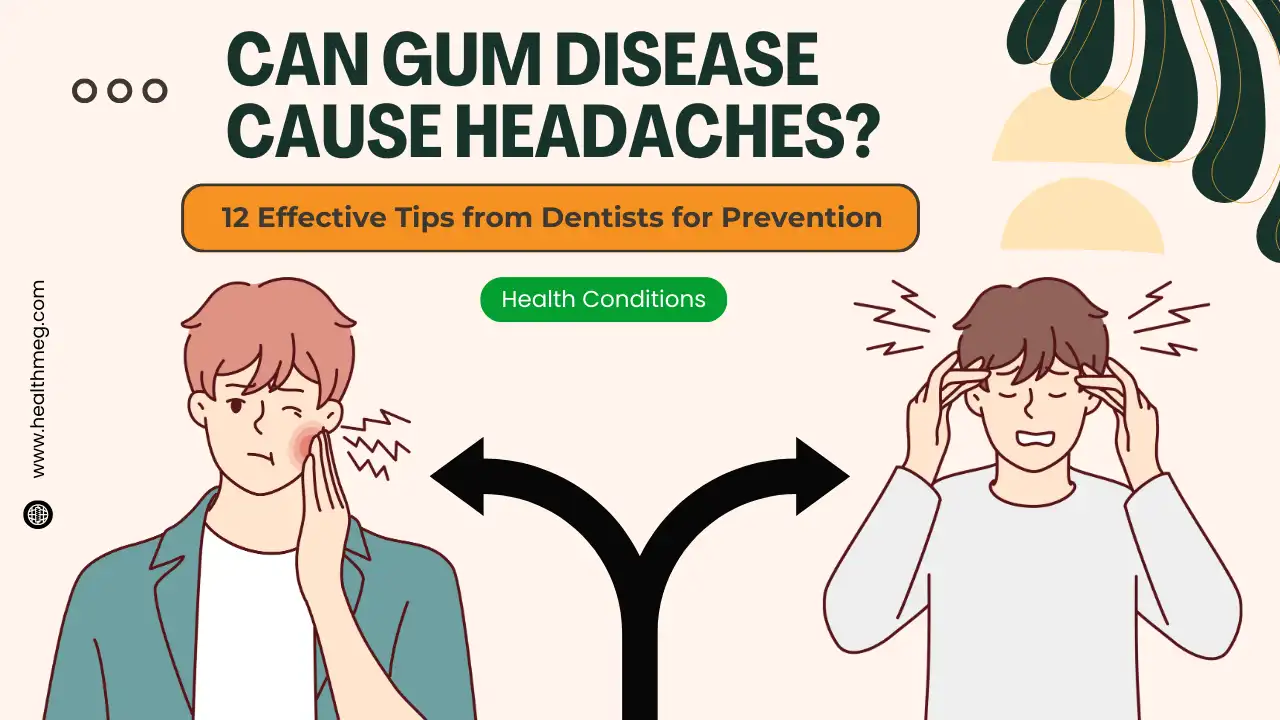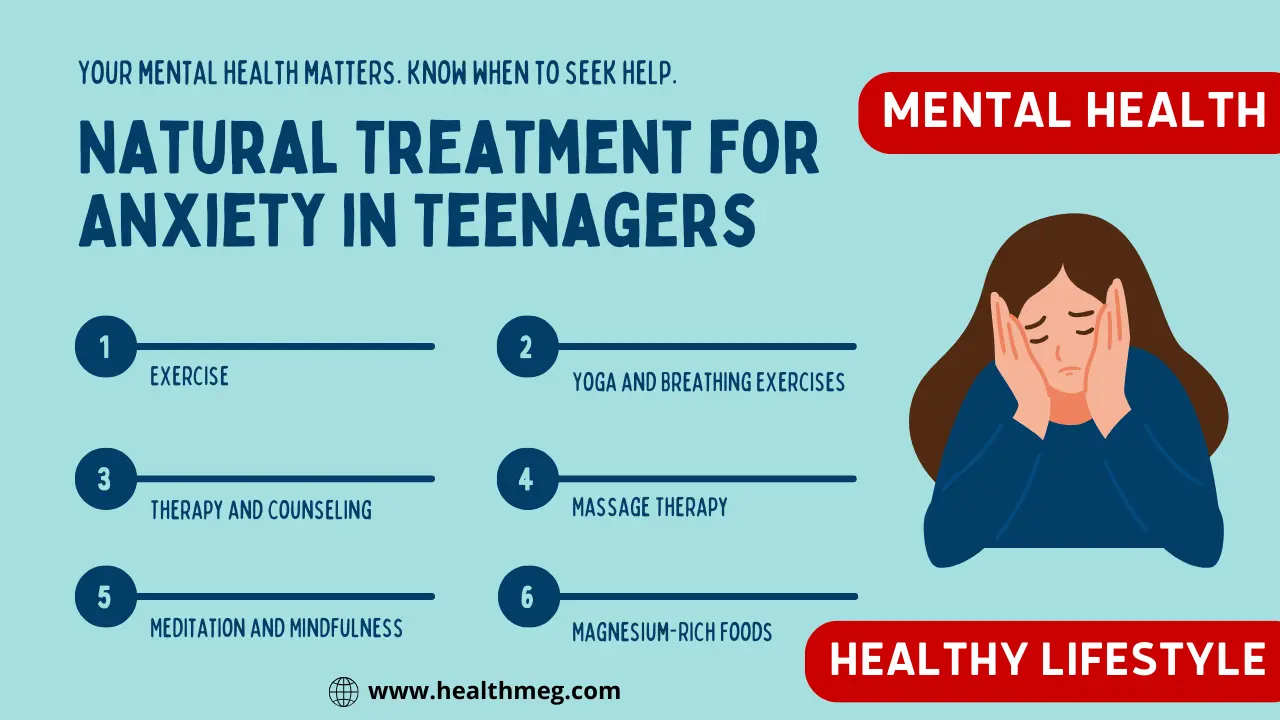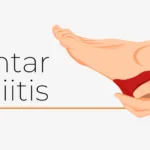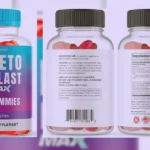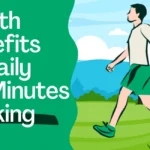Introduction
Sperm cramps, also known as blue balls or epididymal hypertension, are a condition that can cause pain and discomfort for many men. While not often talked about, sperm cramps are surprisingly common. Learning more about this condition, including its causes, symptoms, and treatments, is important for any man who experiences it. This comprehensive guide provides an in-depth look at sperm cramps to help you understand and manage this inconvenient condition.
Do Read the People Also Ask (FAQs) about this topic.
Key Takeaways
- Sperm cramps are an aching pain or discomfort in the testicles that happens when sexual arousal does not lead to ejaculation. They are caused by congestion in the epididymis ducts where sperm is stored. Sperm cramps can be prevented and managed through ejaculation, pain relievers, cold compresses, tight underwear, rest, antibiotics if infected, and lifestyle changes. Seek medical attention if the pain is severe, prolonged, or accompanied by other symptoms.
- Sperm cramps are a common result of congestion and pressure in the epididymis during sexual arousal without ejaculation. The pain is usually temporary.
- Lifestyle factors like poor ejaculation frequency, stress, diet, and infections can contribute to sperm cramps causes. Making positive changes helps prevent them.
- Home remedies like ice packs, OTC pain relievers, athletic supporters, and rest provide relief in mild cases. Recurring pain may require prescription medication or surgery.
- Separating myths from facts reduces stigma. Sharing experiences gives reassurance.
- While sperm cramps can disrupt intimacy and daily life, they are manageable with the right information and treatment. Educating yourself is key.
What are Sperm Cramps?
Sperm cramps refer to aching, pain, or discomfort in the testicles that occurs when sexual arousal does not lead to orgasm. Medically known as epididymal hypertension, these cramps happen when the epididymis becomes congested. The epididymis is the coiled tube in the testicles where sperm is stored and transported.
When a man is sexually aroused, the epididymis starts filling up with sperm to prepare for potential ejaculation. If ejaculation does not occur, this congestion can persist and cause swelling and pain. Sperm cramps are often described as a heavy, dragging, or bluish-aching feeling in the testicles. The pain can range from mild to severe depending on the level of congestion.
While estimates vary, some research suggests sperm cramps impact over half of men at some point. They are an exceedingly common experience, especially among younger men. Despite being so prevalent, sperm cramps remain surrounded by misconceptions, shame, and lack of awareness. Understanding the facts about this condition can help men identify, prevent, and treat cramping when it occurs.
Causes of Sperm Cramps
Several potential causes can lead to the congestion and pain of sperm cramps:
- Sexual Arousal Without Orgasm: The most common cause is becoming sexually aroused through activities like foreplay, masturbation, or oral sex without having an orgasm. The buildup of fluid and pressure in the epididymis leads to pain.
- Infrequent Ejaculation: If sperm is not regularly ejaculated through orgasm, congestion can build up over time and cause cramping. Some men experience discomfort if they do not ejaculate within 2-3 days.
- Injuries or Trauma: Direct impact or damage to the testicles and surrounding anatomy can cause inflammation that contributes to cramps. This may occur through sports, accidents, or aggressive masturbation.
- Sexually Transmitted Infections: STIs that cause inflammation of the reproductive system, like chlamydia and gonorrhoea, are linked to painful sperm cramps.
- Varicocele: Varicocele is the enlargement of veins around the testicle which can put pressure on the epididymis and cause similar pain.
- Medications: Certain medications like antidepressants, blood pressure drugs, and anabolic steroids are associated with sperm cramping as a side effect.
- Alcohol Use: Chronic heavy alcohol use is connected to an increased risk of recurrent or persistent sperm cramps in some individuals.
- Emotional Stress: While not fully proven, some men report worse sperm cramps during times of high emotional stress, anxiety, or depression.
- Poor Diet and Lack of Exercise: Unhealthy lifestyle choices may contribute to hormonal changes that increase cramping during arousal for some men.
This study reveals that various environmental elements such as air pollution, harmful chemicals, pesticides, and high temperatures can have a profound effect on the quality of semen. These factors can lead to a reduction in sperm count, sperm concentration, motility, and viability, and an increase in abnormal sperm morphology and sperm DNA fragmentation, ultimately resulting in male infertility. However, these risks can be mitigated through lifestyle modifications, as these factors are changeable and reversible.
Overall, the primary factors are linked to congestion and backup of fluid in the reproductive anatomy. Being aware of what causes sperm cramps provides a blueprint for how to prevent them. Making positive lifestyle changes can be very helpful for men prone to frequent or severe cases.
Symptoms of Sperm Cramps
The most common symptom of sperm cramps is pain in the testicles after arousal without orgasm. This can include:
- An aching, dragging, or “blue balls” sensation of fullness
- Tenderness or sensitivity in one or both testicles
- A feeling of heaviness or swelling in the scrotum
- Mild nausea or general discomfort may also occur
- Low back pain or abdominal pain radiating from the testicles
The pain often starts mild but progressively worsens as sexual arousal continues without release. It may remain moderate or become severe enough to be debilitating. The duration also varies, lasting anywhere from a few hours to 1-2 days if left untreated.
This pain and discomfort can have a major impact on a man’s daily life. It may disrupt sleep, concentration, work, and relationships. Fear of experiencing sperm cramps can also lead to avoidance of sexual intimacy which takes a psychological toll. Visiting a doctor is recommended if the pain is severe, persists over 24 hours, or is accompanied by other symptoms like fever, discharge, or swelling.
Treatments and Relief for Sperm Cramps
The good news is sperm cramps can often be treated and relieved through various methods:
- Ejaculation: Ejaculation will provide almost immediate relief by clearing the congested fluid causing the pressure. This may require masturbation if intercourse is not possible.
- Over-the-counter Pain Medication: Drugs like acetaminophen, ibuprofen, and aspirin can help reduce inflammation, swelling, and discomfort.
- Ice Packs: Applying an ice pack to the scrotum for 15-20 minutes constricts blood vessels and provides numbing relief.
- Athletic Supporters: Wearing snug underwear provides compression and support to ease aching.
- Rest and Avoid Sexual Arousal: Taking a break from any stimulation allows the body to return to equilibrium.
- Warm Compresses: Applying warmth improves blood flow and may calm spasms in the perineal muscles.
- Prescription Pain Medication: For severe cramps, doctors may prescribe stronger drugs to provide relief.
- Surgery: In rare cases with an identified underlying cause, surgery to repair issues like varicocele may help.
- Antibiotics: If STIs or infections are contributing to cramps, antibiotics provide a cure.
Most sperm cramps will resolve on their own within 12-24 hours, especially with at-home treatments. However, recurrent or chronic cases should be evaluated by a doctor. They may recommend prescription-strength non-steroidal anti-inflammatory drugs (NSAIDs) which provide effective relief for many men.
Lifestyle Changes to Prevent Sperm Cramps
While not guaranteed to prevent cramping completely, making positive lifestyle changes can significantly reduce frequency and severity:
- Allow Ejaculation: During sexual activity, always allow yourself to reach orgasm and ejaculate rather than interrupt arousal.
- Masturbate Regularly: Masturbating to ejaculation helps flush the reproductive system to prevent congested sperm.
- Limit Alcohol: Avoid heavy drinking, which is linked to chronic cases of sperm cramps.
- Wear a Jockstrap: Wearing close-fitting, supportive underwear provides compression and protection.
- Take Regular NSAIDs: Taking over-the-counter anti-inflammatories can help prevent cramps proactively.
- Treat Infections: Always get STIs and infections treated as soon as possible to avoid complications.
- Reduce Stress: While not guaranteed, decreasing life stress through yoga, meditation, therapy, or other means may help.
- Improve Diet: Eating a nutritious, high-fibre, anti-inflammatory diet supports reproductive health.
- Exercise Regularly: Getting at least 20-30 minutes of physical activity daily promotes circulation.
- Rest and Recovery: Ensure your body gets adequate rest between sexual activity to recuperate.
Making one or more of these lifestyle adjustments tailored to your needs and situation can go a long way towards preventing problematic sperm cramps or blue balls. Be patient and consistent with changes.
When are Sperm Cramps Serious? Red Flags and Complications
For most men, mild or moderate sperm cramps are an annoyance but not dangerous. However, some complications can occasionally develop:
- Epididymitis: Inflammation of the epididymis may cause fertility problems if it becomes chronic.
- Orchitis: Inflammation extending to the testicle itself results in swelling, pain, and fever.
- Hydrocele: A buildup of fluid around the testicle forms an uncomfortable swelling.
- Persistent Pain: A small percentage of men experience recurrent cramps that disrupt their lives.
- Infertility: Research indicates recurrent cramps could impact sperm health for some individuals.
- Psychological Effects: Chronic cramps and avoidance of sex may contribute to anxiety and depression.
Seeking prompt medical treatment is crucial if you experience any of the following red-flag symptoms:
- Severe pain that does not improve with over-the-counter medications
- Swelling, redness, or lump in the testicle
- Fever over 100°F, nausea/vomiting, or discharge from the penis
- Cramps last more than 1-2 days or prevent ejaculation
- Pain accompanied by blood in semen or urine
- Trauma such as a sports injury causing cramps
These symptoms could indicate a serious medical issue requiring antibiotics, surgery, or emergency care. Catching any problems early on helps maintain fertility and sexual health. Do not hesitate to visit a urologist or emergency care clinic for evaluation.
Common Myths and Misconceptions About Sperm Cramps
Despite being a common issue, many myths and misconceptions persist about sperm cramps. Knowing the facts helps men understand what is normal versus concerning.
Myth: Sperm cramps are not a real medical condition.
Fact: Sperm cramps are a recognized medical condition known as epididymal hypertension. The pain is a real physiological response to congestion.
Myth: Cramps only happen to teens and those with overactive sex drives.
Fact: While they may be more frequent in youth, men of any age can experience cramps after prolonged arousal without release. The frequency of sexual activity is not always a factor.
Myth: The pain is all in your head.
Fact: The discomfort is physical and caused by a buildup of fluid applying pressure to the epididymis and surrounding anatomy. While anxiety may worsen pain, it is not “imagined.”
Myth: Sperm cramps are a sign of serious medical issues.
Fact: In most cases, cramps are a benign result of congestion without major complications. Only certain red flag symptoms indicate something more problematic requiring medical attention.
Myth: Sperm cramps mean you could be infertile.
Fact: There is no evidence that occasional cramps cause infertility or impotence. Only chronic untreated cases lasting months or years may potentially impact fertility.
Myth: Sperm cramps require surgery or medications.
Fact: Home remedies and OTC pain relievers are effective for mild to moderate cases. Surgery and prescription drugs are only used in severe or chronic cases not responding to other treatments.
Myth: You should avoid sex for weeks after sperm cramps.
Fact: There is no required recovery period unless a serious injury occurs. Ejaculation will provide relief, though allowing a day or two between episodes may help.
Understanding what is factual versus myth empowers men to make informed decisions about treating and preventing sperm cramps. Speak to your doctor about any concerns.
Personal Stories and Experiences with Sperm Cramps
Sperm cramps are a sensitive topic that many men do not feel comfortable opening up about. However, sharing experiences provides reassurance to others dealing with this inconvenient condition. Here are some personal stories from men who have managed sperm cramps:
Note: All personal identifiers have been removed to maintain privacy.
Reddit User Experience:
A Reddit user shared their experience with sperm cramps in a post. They mentioned that they experienced a sudden, intense discomfort in the lower abdomen and groin area during urination, which is not necessarily linked to self-stimulation.
Another Reddit User’s Story:
Another Reddit user expressed their concern about experiencing sperm cramps.
The discomfort occurs after self-stimulation, despite advice found online to avoid urination immediately after. This pain is not constant but occurs occasionally. If one falls asleep post-stimulation, the discomfort can be intense enough to disrupt sleep and typically lasts for about half an hour. During these episodes, it’s challenging to rest or sleep. Keeping oneself occupied with activities like playing video games or watching movies seems to help.
Please note that these are personal experiences and may not reflect the experiences of all individuals with sperm cramps. But sharing experiences and solutions helps other men realize they are not alone. Doctors are there to provide guidance without judgment.
Conclusion
Sperm cramps are an unavoidable experience for many men. But armed with the comprehensive information in this guide, you can now identify causes, find relief, and make healthy lifestyle changes to prevent problematic cramping episodes. While frustrating, sperm cramps do not have to control your life or intimacy.
Learning techniques to manage discomfort, being open about experiences with trusted confidants, and seeking medical advice when appropriate will help sperm cramps become a minor nuisance rather than a major issue. Handle each occurrence calmly and take steps to minimize recurrence.
No man should feel ashamed about suffering from sperm cramps. They are simply a natural byproduct of our anatomy and arousal. Understanding your body and its needs is the first step toward maintaining your sexual and reproductive health. With the tips provided here, you can take control and keep sperm cramps from cramping your style.
People Also Asks (FAQs)
Q) What are sperm cramps in men?
A) Sperm cramps, also called blue balls, refer to aching, pain, or discomfort in the testicles that occurs when sexual arousal does not lead to orgasm and ejaculation. It is caused by congestion and pressure buildup in the epididymis ducts where sperm is stored.
Q) Can sperm cause cramping?
A) Yes, the congestion of sperm fluid in the epididymis and vas deferens during arousal without release can directly cause painful cramping sensations in the testicles.
Q) How long do sperm cramps last?
A) Mild to moderate sperm cramps usually resolve on their own within 12-24 hours if left untreated. Severe cases can potentially last up to 2 days. Ejaculating provides the fastest relief.
Q) Can too much sperm cause testicle pain?
A) Yes, excessive buildup of sperm without regular ejaculation to clear the congestion can lead to aching and pain in the testicles. This is why frequent ejaculation helps prevent sperm cramping.
Q) How common are sperm cramps in men?
A) Some estimates suggest sperm cramps, also called blue balls, impact over 50% of men at some point in their life. They are an exceedingly common experience, especially among adolescents and younger men.
